I was born and raised in Washington, DC. Here are the 9 biggest mistakes I see tourists make.

I was born in Washington, DC, and have lived in the city and its surrounding area for over 30 years.
A lot of tourists repeat the same mistakes, like only dining downtown or traveling during rush hour.
I wish more first-timers would explore other areas, such as U Street and Adams Morgan.
I've lived in Washington, DC, for over three decades and have seen countless tourists miss out on some of the best parts of the city.
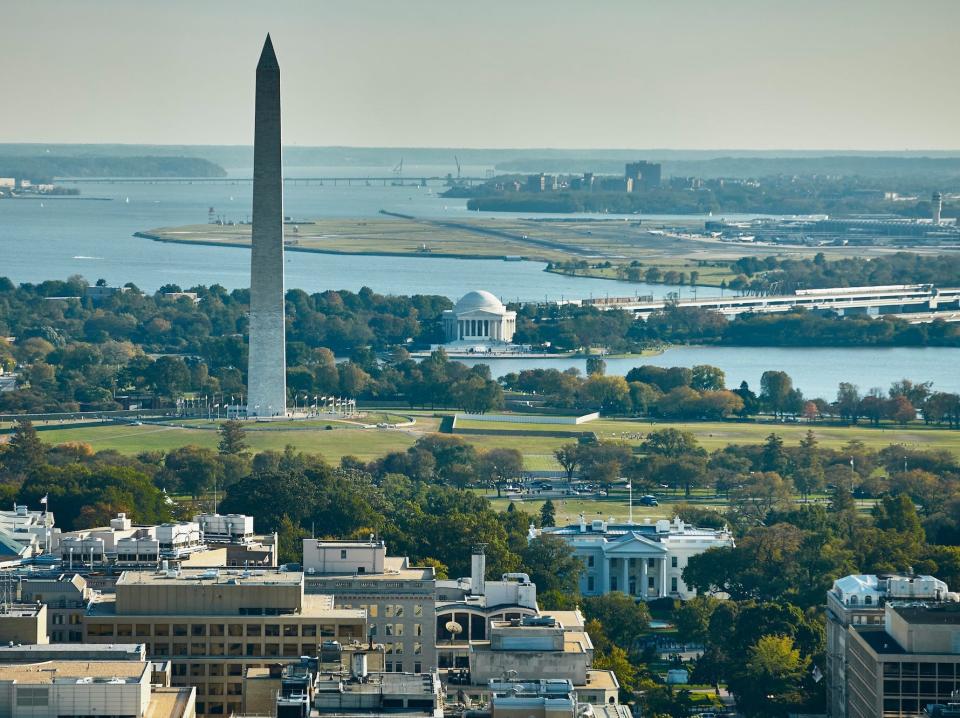
I was born in Washington, DC, and have bounced between living in the city and its outskirts ever since.
I'm so lucky I get to call this place home, and I love showing others what to do and where to go when they're in town.
My adventures on my blog, Black Girls Explore DC, give me the opportunity to travel all around the city and understand it in a way most newcomers and visitors don't.
Here are some of the mistakes I see tourists make all the time.
Commonly, visitors only eat downtown and never try restaurants in other neighborhoods.
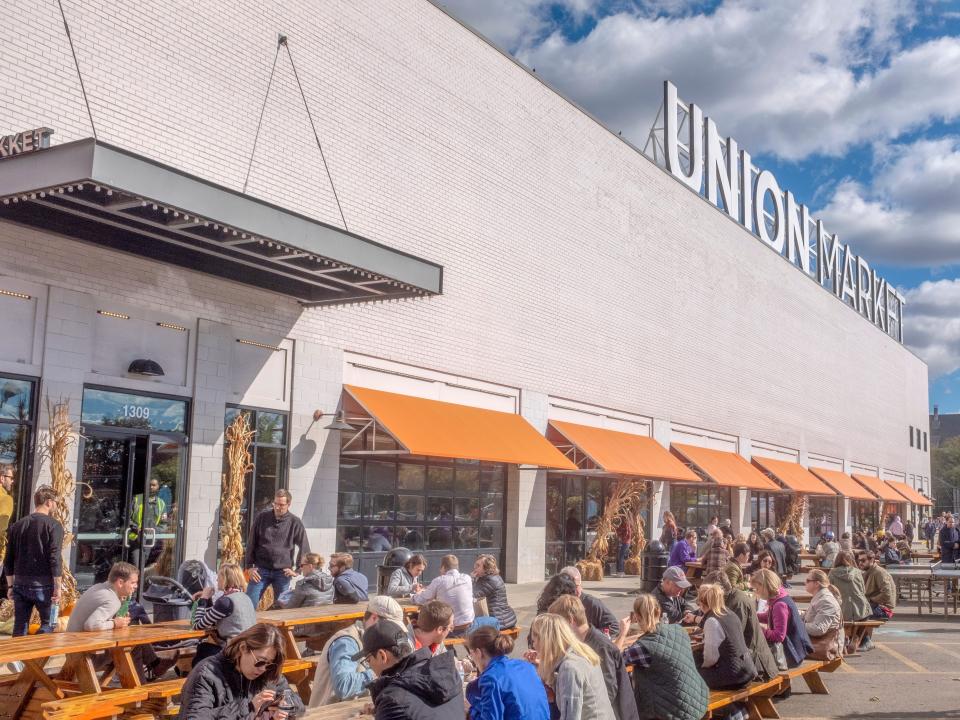
Washington is full of amazing food, and you can find any kind you want, from trendy brunch to culturally inspired meals. The offerings run the gamut from takeout and fast-casual joints to fine-dining restaurants.
A lot of tourists stick to restaurants near Washington's downtown area, but some of the best food, which reflects the city's incredibly diverse population, is in other parts of the city.
Neighborhoods like Adams Morgan, Union Market District, H Street Corridor, U Street, and Dupont Circle are a little further out, but they're filled with great restaurants and funky bars.
If you poke around these areas, you're guaranteed to stumble upon hole-in-the-wall restaurants, unique foods, and craft beers.
I love a brewery called Crooked Run Fermentation and a pizza joint called Pizza Serata, both of which are in Union Market.
Another one of my favorites is Irregardless, a restaurant on H Street that serves New American fare and specializes in wines produced in the DMV, the nickname for the area encapsulating Washington, Maryland, and Virginia.
I've seen tourists brave public transportation during rush hour instead of waiting for a less hectic time.
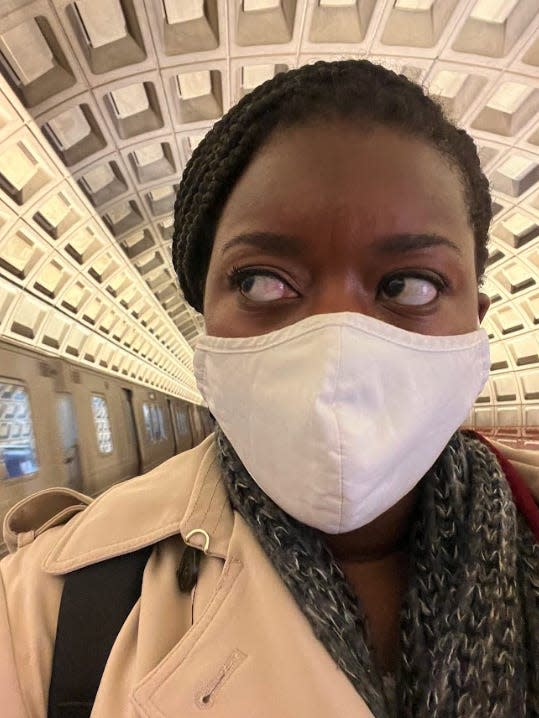
Washington has some of the worst traffic in the country.
Unfortunately, I always see overwhelmed tourists try to get to and fro during commute hours, which are typically 7 a.m. to 9 a.m. and 4 p.m. to 6 p.m., while frustrated Washingtonians push past them to catch the metro or bus.
If you can, avoid taking public transportation or driving during these hours. Whether you're trying to catch a taxi, call a car through a rideshare app, or hop on the metro across town, you'll need to be patient or stay put until commute hours are over.
Some people assume they can walk into free Smithsonian museums whenever they want, but that's not always the case.
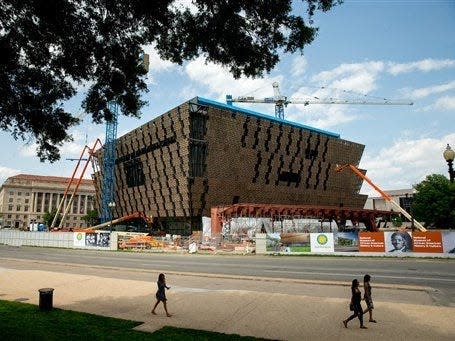
Washingtonians are so lucky to have Smithsonian museums, which offer free entry, cover topics that span throughout history, and have something for all types of visitors. However, the catch is that the most popular museums often require some advanced planning.
Some museums only allow a certain number of people inside at a time, which can lead to really long lines.
There's another catch: Several museums, like the National Museum of African American History and Culture and the National Air and Space Museum, require guests to have timed-entry passes. Plan ahead and get your passes as soon as possible because they can go quite quickly.
Many of the Smithsonian museums are near each other, so have at least a few alternative options to visit in case your top choice has a long line.
Because Washington is known for its Smithsonian museums, newcomers forget there are other museums worth visiting too.
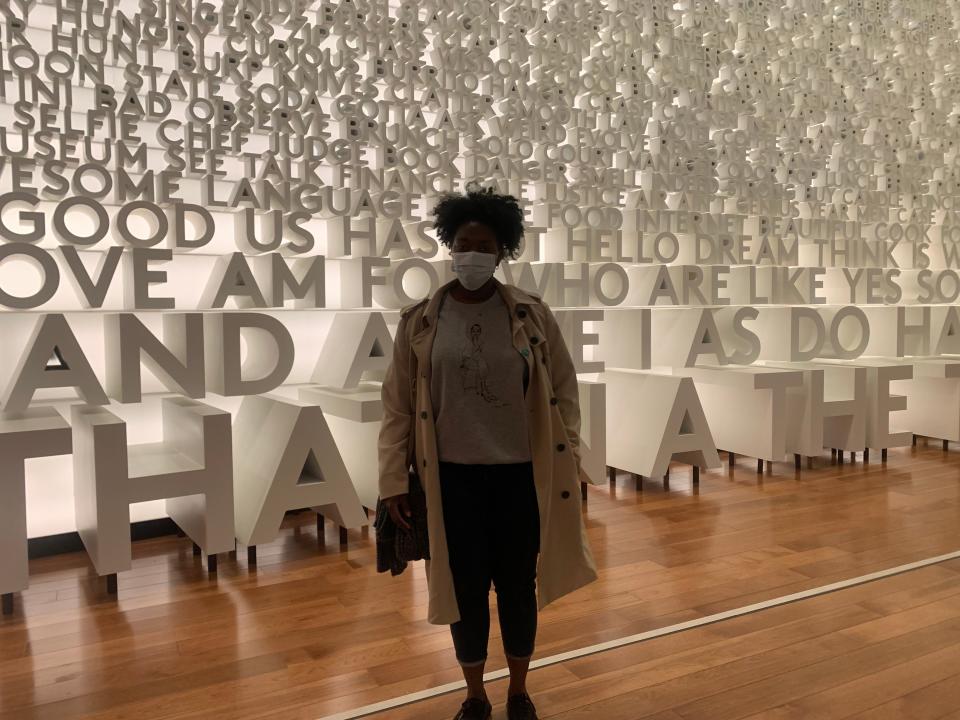
Washington's free Smithsonian museums are the envy of many people around the world, but the capital is also home to many non-Smithsonian museums.
If you have some flexibility in your budget, consider buying tickets to visit them. Some of the most popular ones are the International Spy Museum, the National Building Museum, the O Street Museum, and the National Geographic Museum. I also love walking through the glamorous mansion at Hillwood Estate, Museum & Gardens.
A couple of the non-Smithsonian museums are free or accept a pay-what-you-can donation. For example, the Planet Word Museum suggests guests make a donation alongside their free ticket, and the United States Holocaust Memorial Museum offers complimentary admission during certain time slots.
Many first-timers think Washington is a metropolis, but it has a lot of green space.
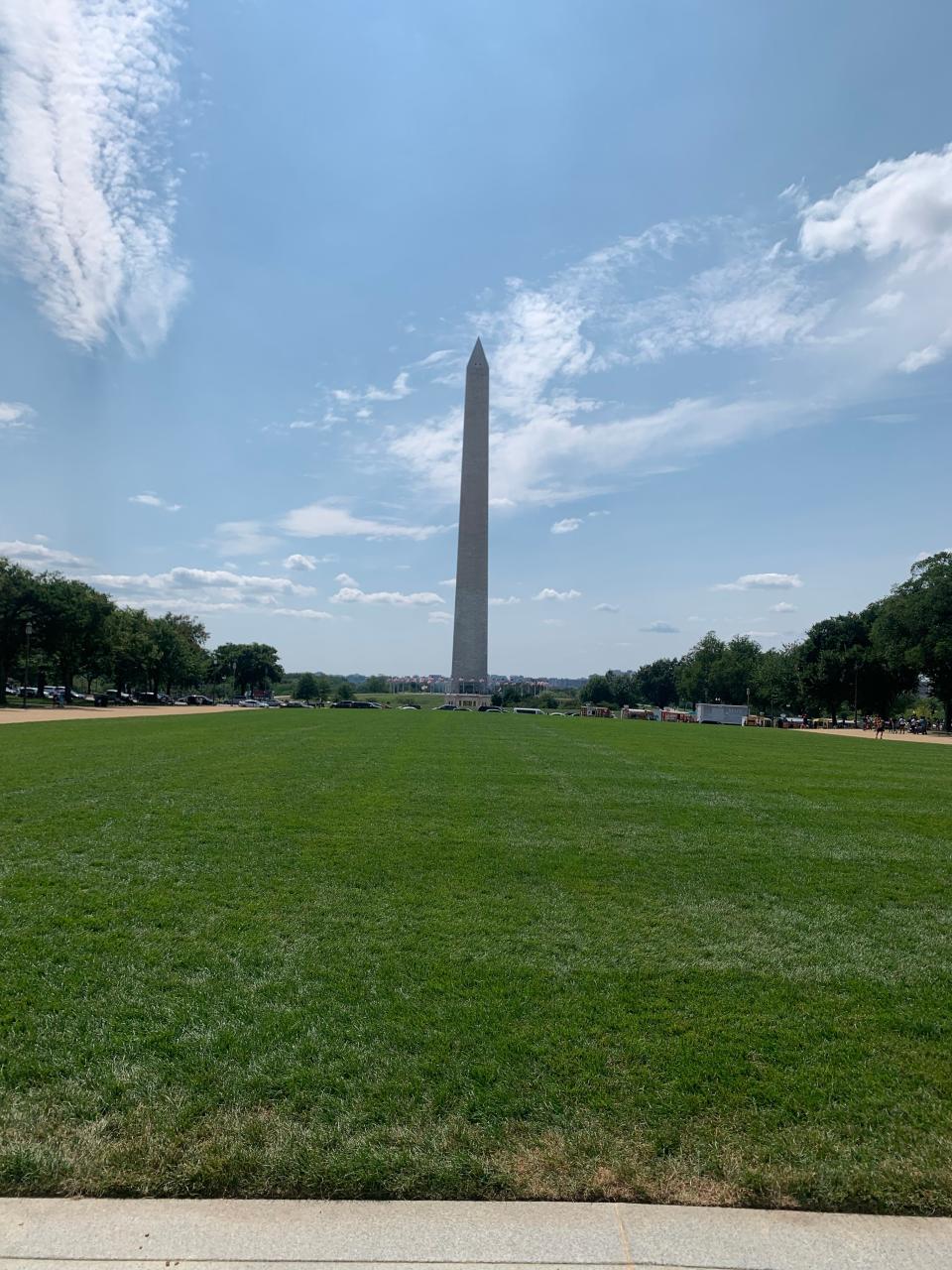
A lot of visitors think Washington has a typical city landscape with pavement, buildings, and more pavement. So, they're often surprised to learn that Washington has incredible outdoor spaces and parks, and you don't have to leave the city to find them.
The most obvious green space is the National Mall. This 2-mile lawn runs from the Lincoln Memorial to the US Capitol, and it's perfect for picnics, jogs, frisbee games, and hacky sack.
There are many other parks and trails, including Kenilworth Park and Aquatic Gardens, which connects to Anacostia Park by a trail that runs along the Anacostia River.
The US National Arboretum is spread across over 400 acres of beauty that'll make you feel like you've left Washington entirely, and Rock Creek Park is great for hiking too.
Since Washington has great public transportation, many tourists underestimate the amount of walking they'll do.
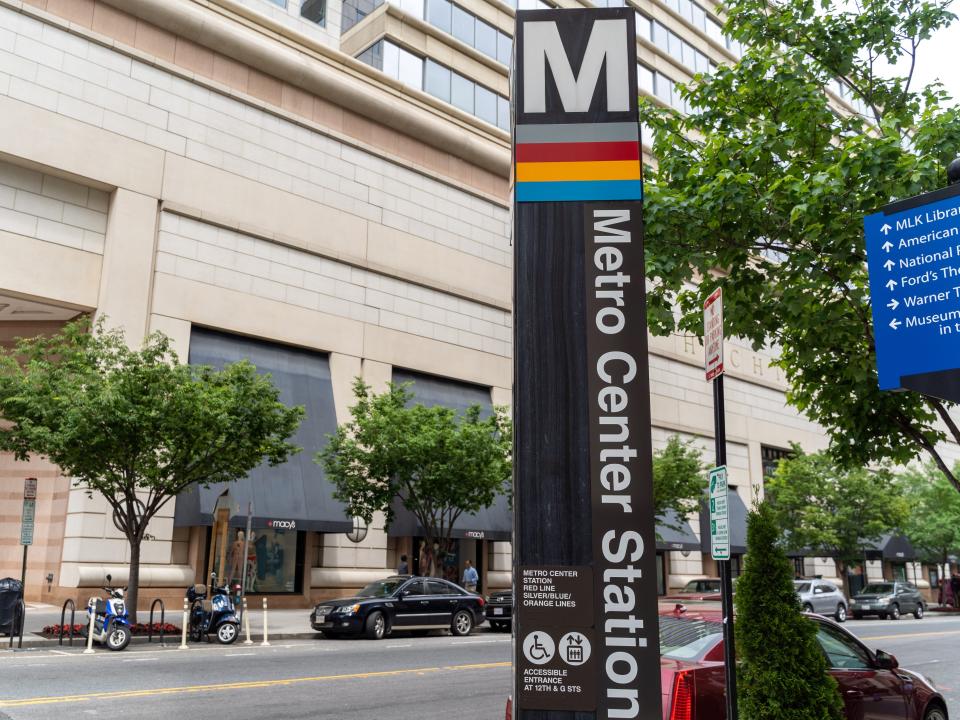
Washington has an incredible rail system, and most of the popular tourist sites are right off the metro line. However, you may find that some of them are a bit of a walk from the nearest station (even if the station and the site share the same name).
On a beautiful fall day, a 20-minute stroll to the US Capitol or the National Zoo from the nearest station may not be a big deal for most able-bodied travelers. However, that walk can feel infinite on a muggy summer day.
If you plan on traveling economically and relying mostly on public transportation, you may also need to get acquainted with the bus system. Even though I find it less reliable than the metro, it helps cut down on some walking in this hilly city.
Don't try to cram in too many activities, wear comfortable shoes, build in walking and resting time, and have your favorite map app ready.
I've seen a number of tourists get caught in downpours without umbrellas.
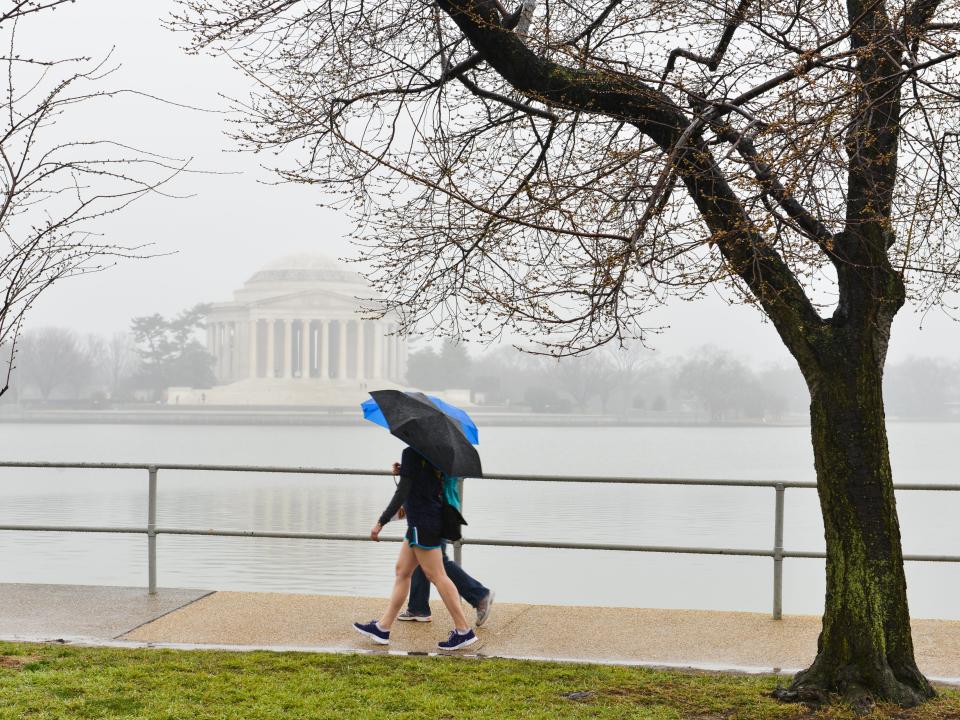
Washington gets a ton of rain. Even on the balmiest summer days, a downpour can come from seemingly nowhere.
Without fail, I always see tourists seek refuge from summer storms under a paper map and get soaked all the way through their clothes. Or, they dash across the street to buy barely-there plastic ponchos from street vendors. I've also gotten caught in a couple of these storms.
No matter what the forecast says, always carry a small umbrella. If you can stuff a poncho inside your purse or backpack, do that too. It'll certainly come in handy.
Washington has incredible theater and culture, and I wish more people would see shows when they're in town.
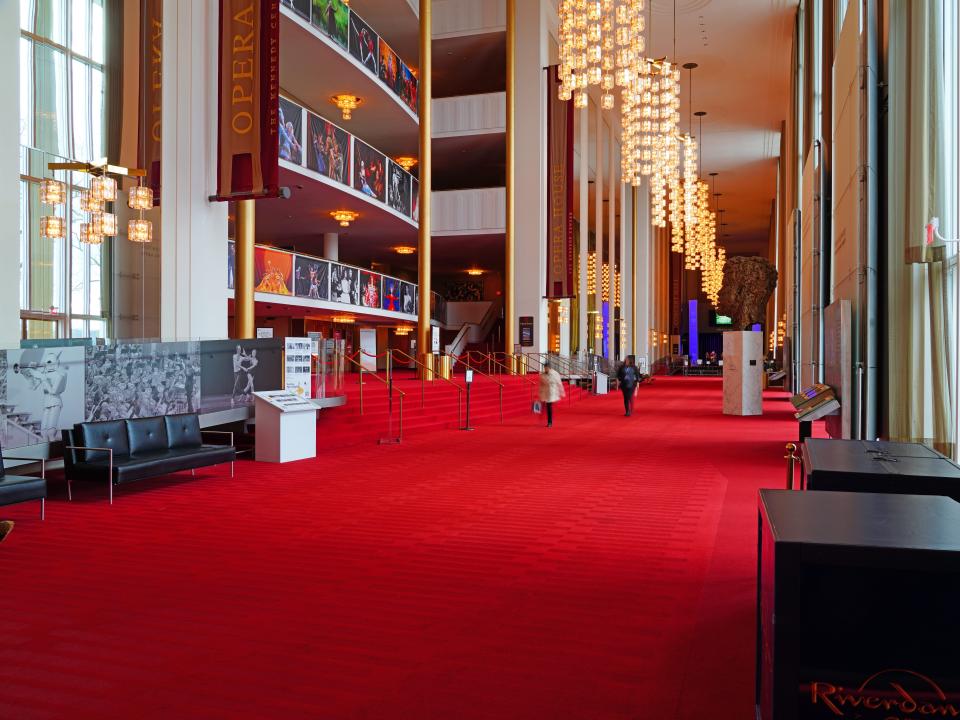
Of course Washington, a cradle of political drama, has one of the best theater scenes in the country.
Several successful Broadway hits got their start in U Street, Washington's historically Black neighborhood that was once known as Black Broadway. In the late 19th and early 20th century, it laid the foundation for Washington's Black Renaissance.
From the historic Ford's Theatre to smaller stages, like George Washington University's Lisner Auditorium, there are so many places to watch performances across this theatrical city. The John F. Kennedy Center for the Performing Arts alone features over 2,000 performing art shows and events each year.
Many tourists dine in Chinatown, but I go elsewhere for authentic Asian cuisine.
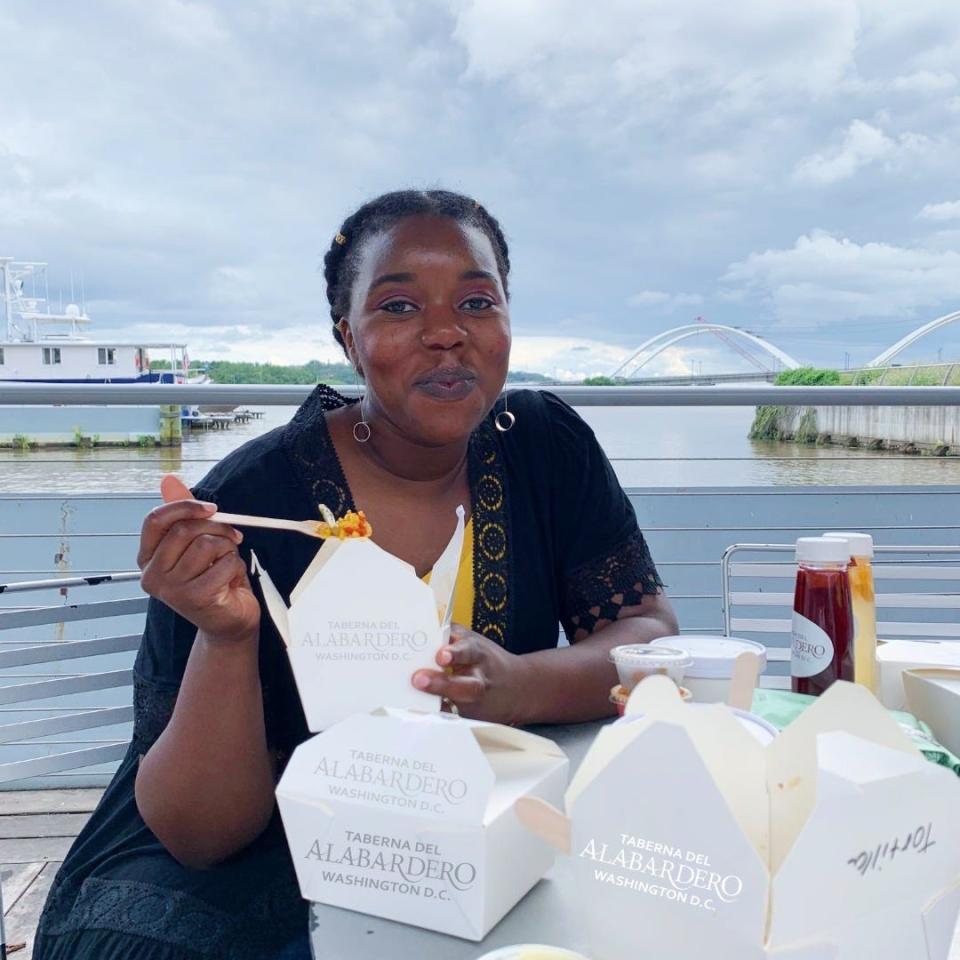
A lot of big cities I've visited in the US have a bustling, historic Chinatown. Unfortunately, I don't consider Washington one of them.
The city has had a neighborhood called Chinatown along H Street since many Chinese residents were forced to move there from Pennsylvania Avenue. Then, many residents and retail owners relocated to the suburbs in Maryland and Virginia following riots after the death of Dr. Martin Luther King Jr. and the city's construction of the Capital One Arena.
There are some Asian restaurants in Chinatown, and you'll see some Chinese characters outside of a few stores. But if you're expecting a lively, authentic Chinatown rivaling the ones in San Francisco or New York, you may feel let down.
Instead, take a 30-minute rideshare to one of the area's biggest centers of Asian culture, Eden Center in Falls Church, Virginia. There, you'll find dozens of Vietnamese restaurants and shops.
If you're committed to staying in the city, there are plenty of ways to absorb and engage with Chinese, Japanese, Thai, and other types of delicious Asian food and retail options. I recommend checking out Rice Market, Secretea, and Han Palace.
Read the original article on Insider

